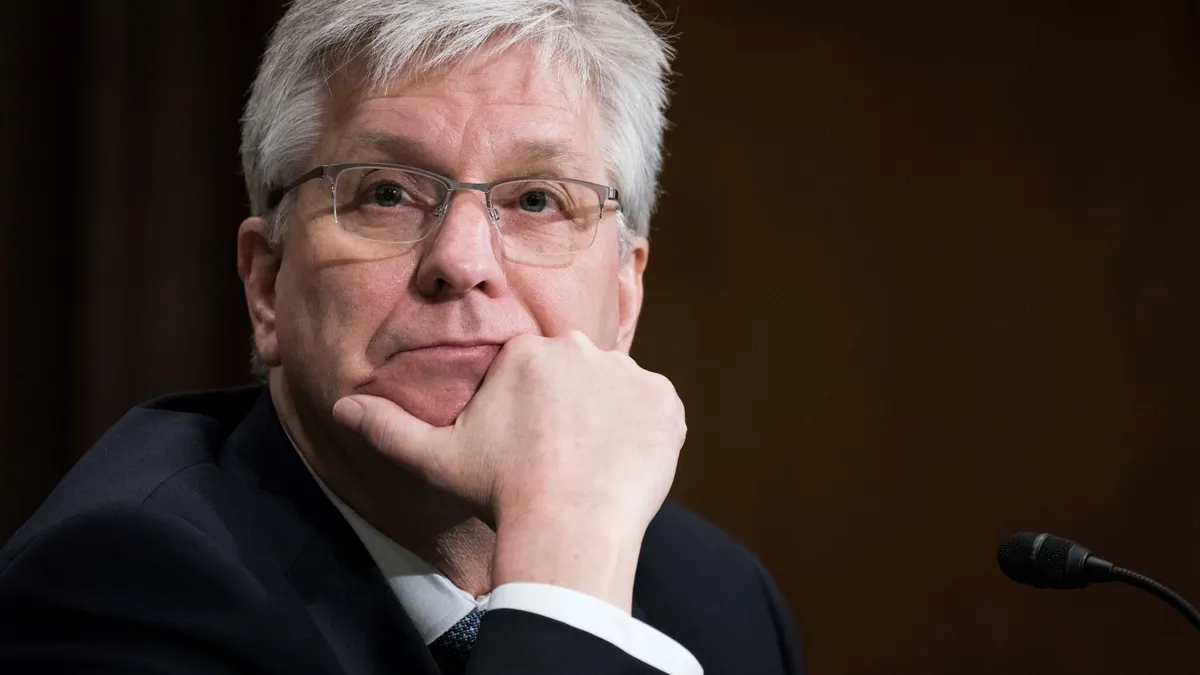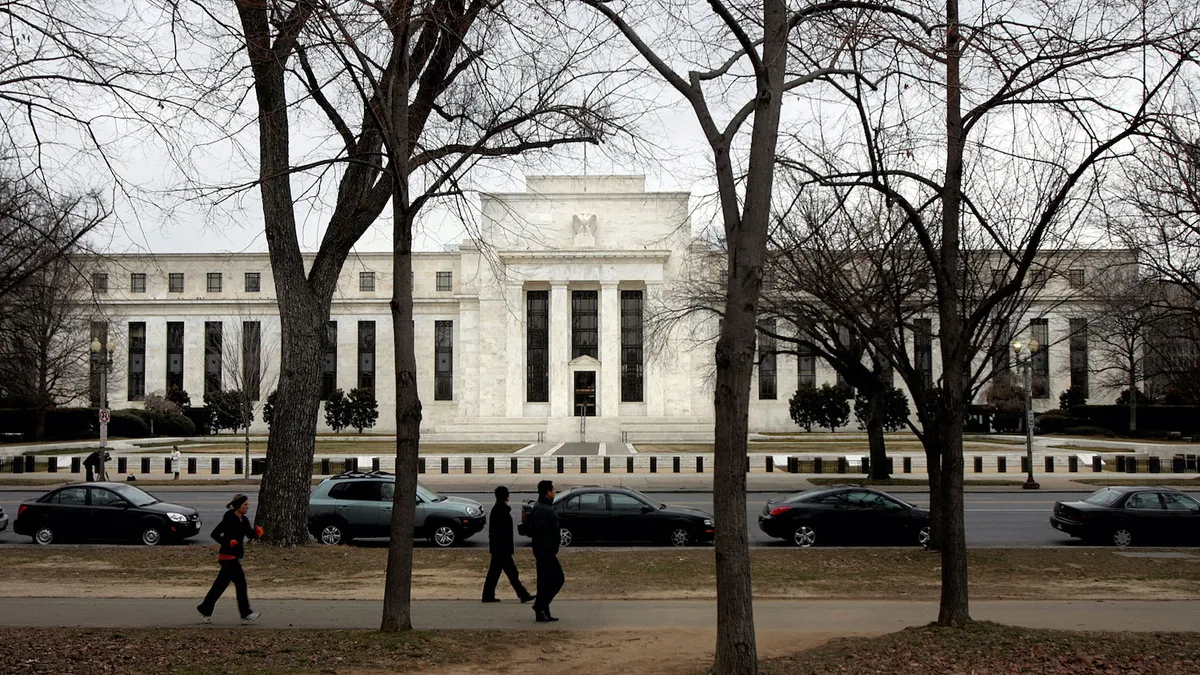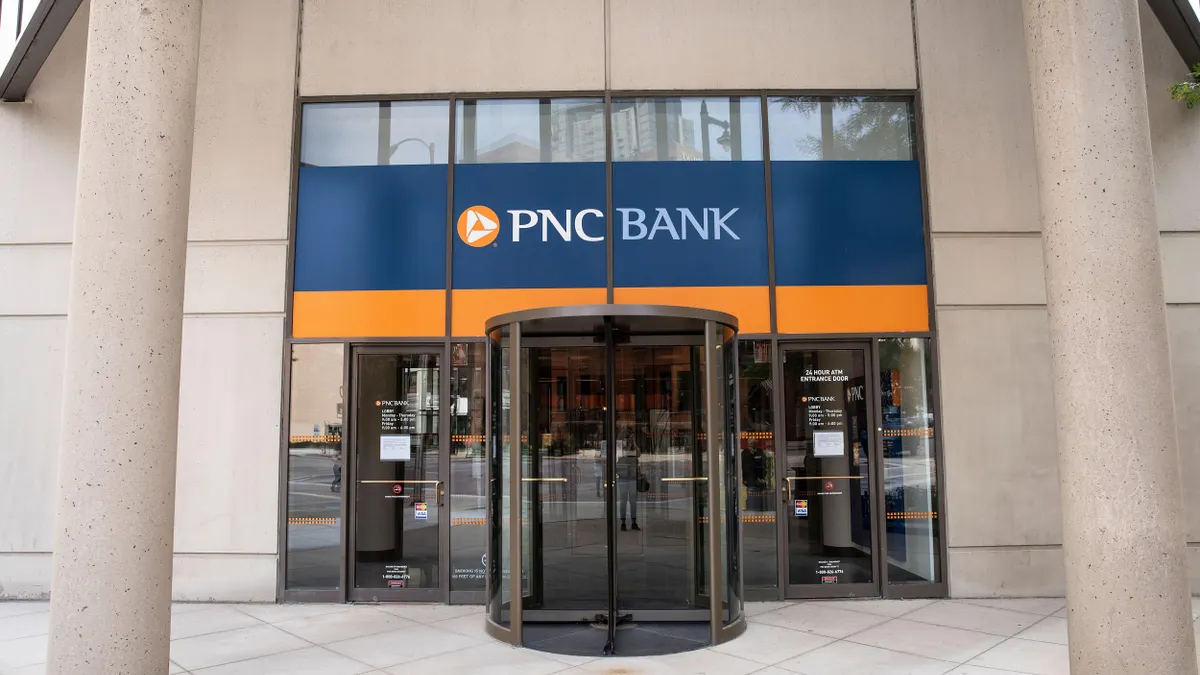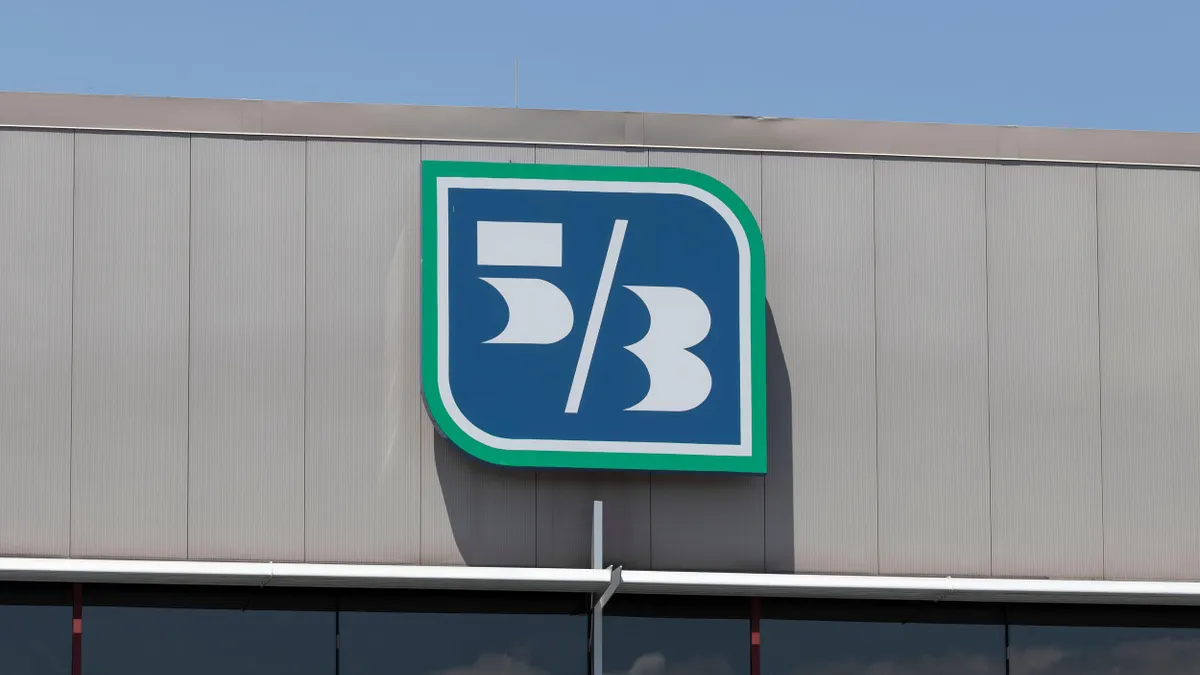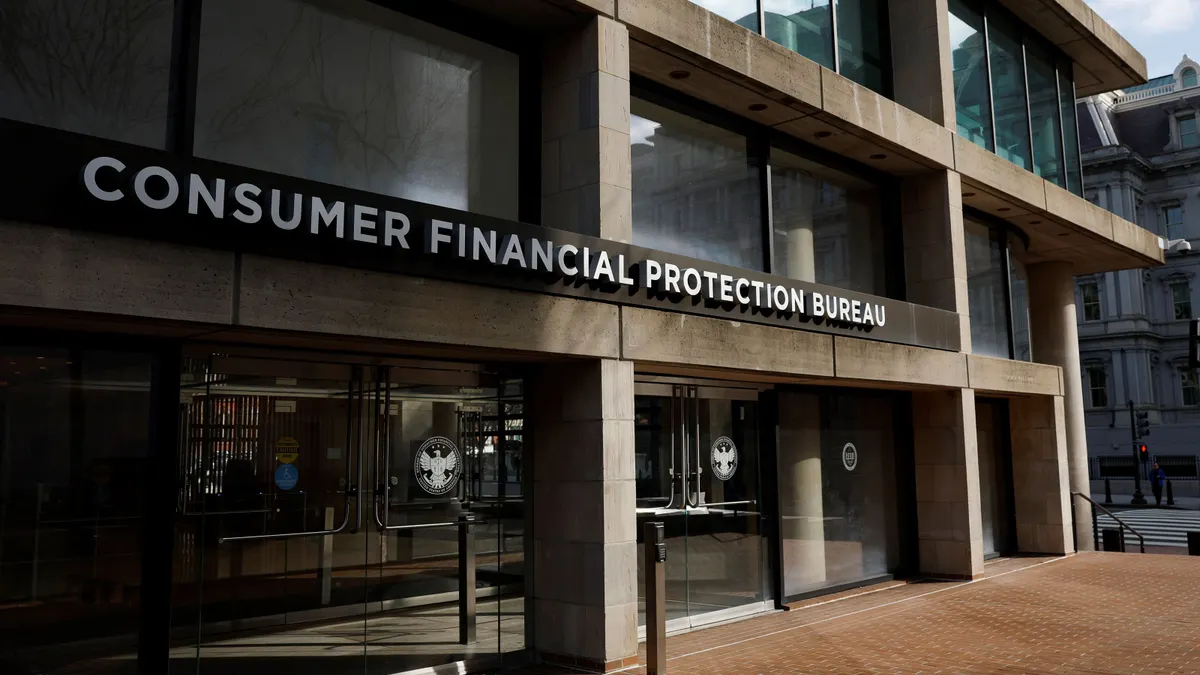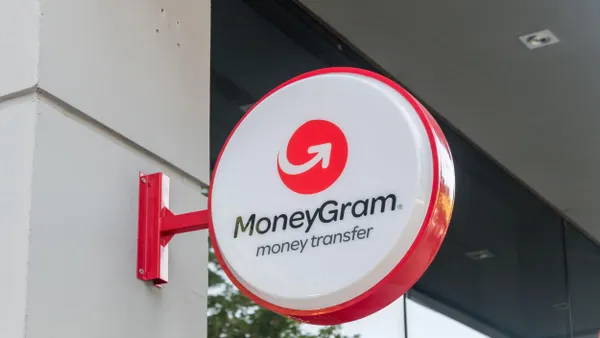In an interview with Reuters last week, crypto firm Ripple’s chief legal officer, Stu Alderoty, called the concept of a “skinny” master account with the Federal Reserve “an attractive idea” that “should give traditional banks some comfort.”
It remains unclear, at the time of the interview, whether he knew that traditional banks, apparently, will be the only institutions receiving them.
Fed Gov. Christopher Waller, on a panel Thursday for an event with the Bank of Canada, sought to clarify what he saw as a “misunderstanding” about the skinny accounts, which would offer tailored functionality for various tiers of institutions.
“There’s a misunderstanding out there that just a fintech can show up and say, ‘Hey, I’d like a skinny master account.’ No. You’ve got to be an eligible depository institution,” Waller said Thursday in Ottawa. “So it is technically, you have to have a bank charter. So if you’re not a bank, you don’t have a bank charter, you don’t have the right to ask for one at all.”
For the record, Ripple applied for a master account in July. It has also applied for a national trust charter with the Office of the Comptroller of the Currency. From Waller’s comments, it can be assumed Ripple wouldn’t receive one unless it first gets the other.
At a payments conference in Washington last month, Waller touted “a new era for the Federal Reserve in payments.”
“The [decentralized finance] industry is not viewed with suspicion or scorn,” he said at the time. “My view for the Fed from now on is embrace the disruption — don’t avoid it.”
Waller’s comments from Thursday, however, may give the impression the disruption, if skinny master accounts become a thing, will be minimal.
“It’s going to bring new players,” he told the Canadian event’s attendees.
But if fintechs that don’t currently hold a banking charter applied for a skinny master account thinking they’d be welcome, perhaps the initial miscommunication lies here.
Waller last month said “the payment account would be available to all institutions that are legally eligible for an account and would be beneficial for those focused primarily on payment innovations.”
Failing to expound upon legal eligibility arguably may have given some potential applicants false hope.
Anyone who has followed the five-year attempt by Custodia to obtain a Fed master account, which enables approved institutions to settle transactions, hold reserves and send payments directly through the Fed’s system — rather than needing an intermediary bank for that — can sense its value.
An appeals court last month denied Custodia, a Wyoming-based special-purpose depository institution, a path to a full Fed master account (after the Fed rejected it twice).
Waller’s comments Thursday leave in question whether state-chartered SPDIs would be eligible for the skinny version.
Waller on Thursday labeled the full master account “a gold medal.” But he argued that a financial system that creates tiers of banks according to risk may also benefit from a tiered master account.
“Why do we have the gold medal for everyone? In other words, why don’t we say if you’re a tier 1 bank, you get the gold medal, you get the full-service, luxury master account. If you come down a notch, you’ve got a few other issues that we’re concerned about, we can shrink the properties of the master account in terms of what you can do using that account, and the same with tier 3, you can put on more restrictions,” Waller said. “The whole idea is, why do we have just one master account? You get it or you don’t. Why not just tailor this thing to the risk of the banks that are asking for it?”
A skinny master account would give lower-tiered banks access to some of the functionality of a master account, “but it doesn’t have all the bells and whistles,” Waller said Thursday.
“It’s not intended to be anything but a payment account,” Waller said. “The idea is to get away from one luxury payment account for everybody that we give it to … They’re all depository institutions, by the way.”


